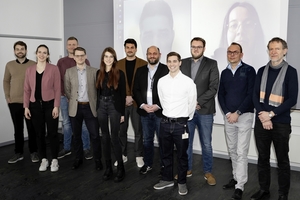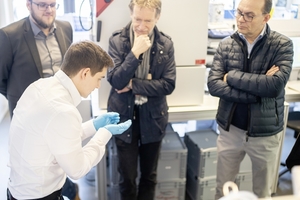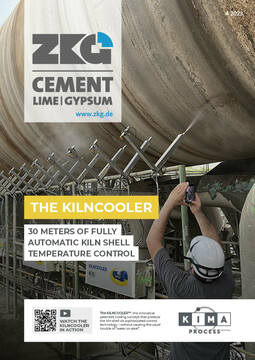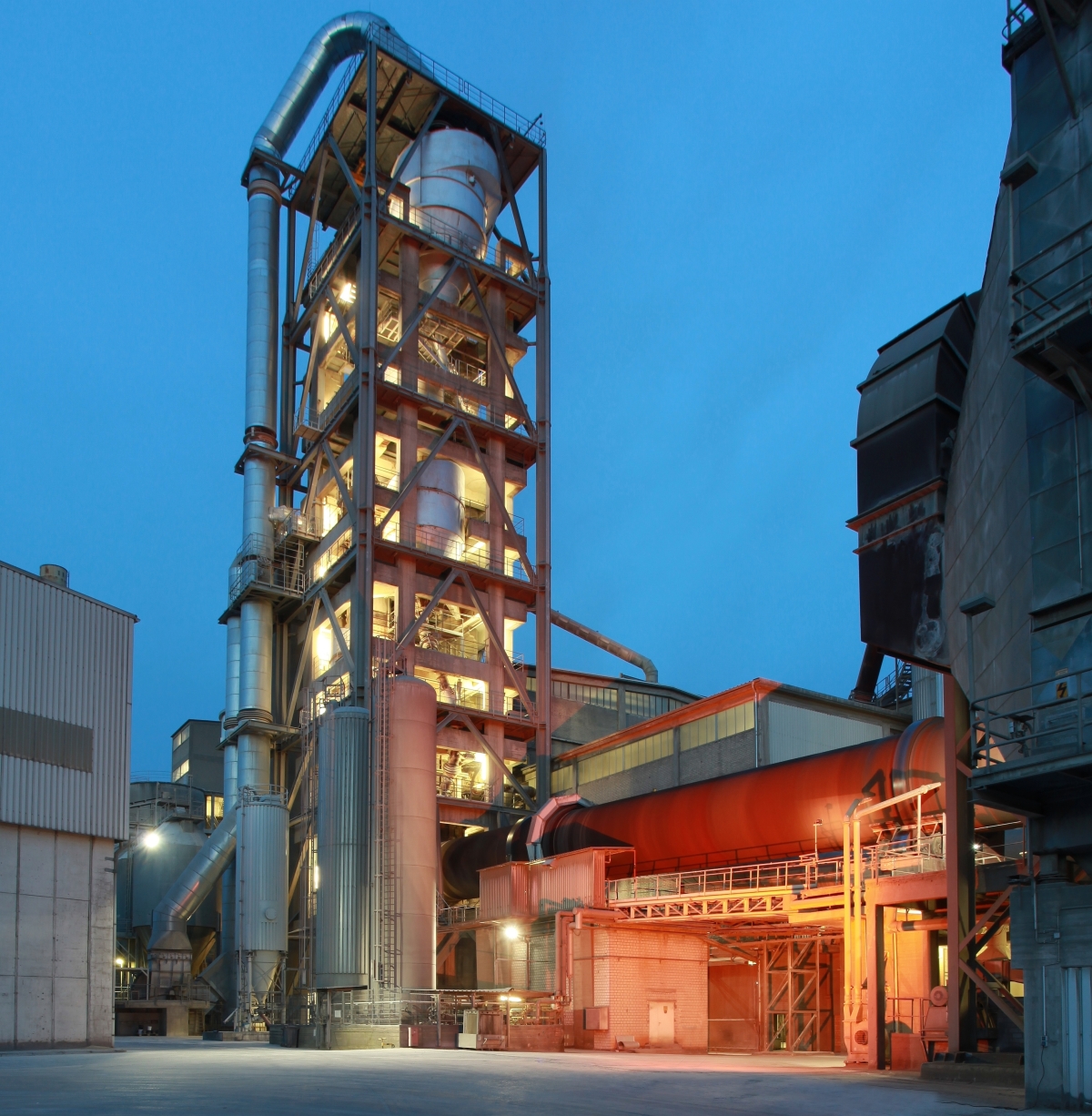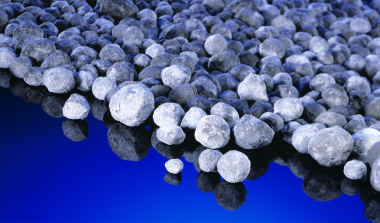Making the cement industry climateneutral: Positive interim balance in the “CO2-Syn” project
Capture CO2 emissions from the cement industry via carbon capture and utilization (CCU) and use them as raw materials – for example to produce basic chemicals such as olefins and higher alcohols. The joint project “CO2-Syn – Material CO2 utilization from cement plant process gases with coupled electrochemical and thermally catalyzed processes” was launched with this goal at the beginning of 2022. Now the project partners from industry and science are taking positive balance of the interim results: among other things, they have succeeded in identifying promising catalysts for the conversion of the carbon dioxide released by cement plants and preparing their testing under real conditions.
The interim results were presented at a meeting of the project partners in Oberhausen. Present were representatives of Fraunhofer UMSICHT, Leuchtstoffwerk Breitungen GmbH, Phoenix Zementwerke Krogbeumker GmbH & Co. KG and the Ruhr University of Bochum. “We agreed that the balance so far is very good,” summarizes Dr. Kai junge Puring from Fraunhofer Umsicht. “In fact, we have also already talked about possible follow-up projects and initiated initial preparations.”
Potential catalysts were synthesized
One focus of the research work to date has been the search for robust and poisoning-resistant catalysts that are both stable over the long term and economical. “We have mainly been looking at sulfide-based materials,” explains Dr. Anne Schmidt from Leuchtstoffwerk Breitungen. “They are very stable to typical catalyst poisons such as sulfur, but have not yet been systematically investigated as potential catalysts for synthesis gas production from CO2 or for subsequent synthesis gas conversion to olefins and higher alcohols.”
The researchers from the Leuchtstoffwerk and the Ruhr-Universität Bochum were able to synthesize more than 20 potential catalysts and make them available to Fraunhofer Umsicht. Initial tests have already been carried out there and promising samples identified. “Now we are starting catalyst tests for synthesis gas conversion to olefins and higher alcohols under near-application process conditions,” says Umsicht scientist Dr. Heiko Lohmann.
Micro and macro analysis of the cement plant
In parallel, a comprehensive analysis of the site took place at the Phoenix cement plant. It forms the basis for the experimental and systemic consideration of the electrocatalytic and thermocatalytic processes. “We looked at the operating conditions of the cement plant and examined and modeled their influences on the process gases,” says Kai Wagner of Phoenix. “On the one hand, this serves as a basis for the experimental investigations into the influence of the gas matrix in the catalytic processes. On the other hand, the model of the cement plant also serves as a building block for an overall model that describes an integration of the process chain from electrolysis and thermocatalysis into the plant network of the cement plant.”
System integration is to be carried out on the basis of the results. To this end, new methods for systemic, multi-criteria evaluation will be developed as part of the project. Finally, new business models for marketing CO2-based products generated from the waste gases must also be developed and brought into line with existing value chains.

